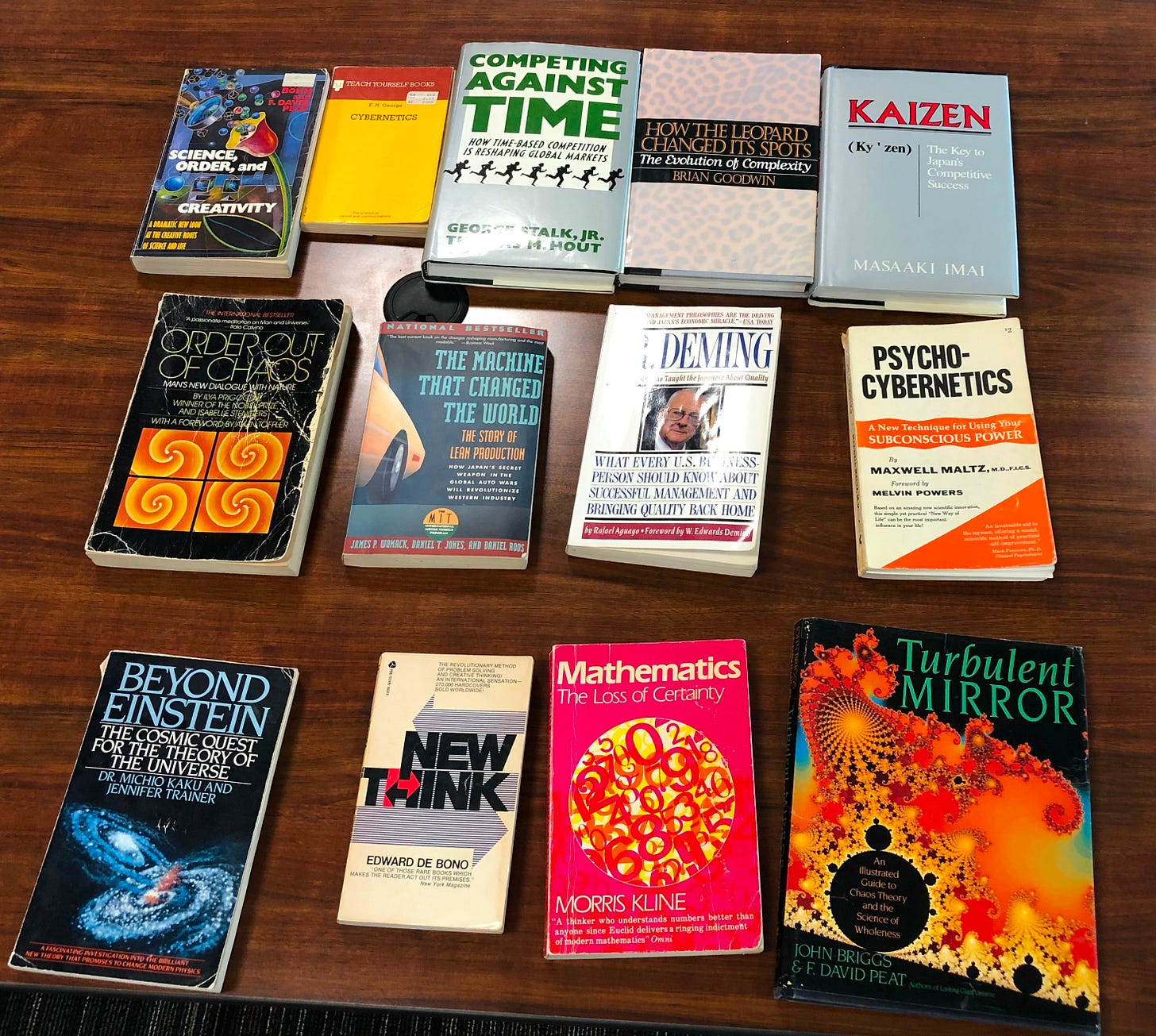Founding Fathers’ Hidden Message: The Codes That Could Change Everything
#113: Geometry Links Pyramids, Shakespeare to Liberty: Founding Documents Decoded: A Blueprint for Oneness
The upcoming No Way Out episode featuring Alan Green is truly mind-blowing, especially since its release comes just days after the underground discoveries at the Khafre Pyramid. Set to premiere on March 26, we highly recommend watching this episode—whether here on The Whirl, on X, or on our YouTube channel. Share it with a friend or even enjoy parts of it with your family. Blending geometry, music, and the pyramids, this episode sheds light on the profound importance of our country’s founding documents in a way you won’t want to miss. -Ponch
Whirl Subscribers,
We stand at a pivotal moment—a Whirl of Reorientation, as Colonel John Boyd might call it—where the old ways of seeing the world are crumbling, and new perspectives demand our attention. The upcoming No Way Out episode, featuring Alan Green’s America Codes, isn’t just a podcast; it’s a clarion call to challenge assumptions, embrace multiple perspectives, and awaken to the profound unity encoded in America’s founding documents. This episode resonates deeply with Boyd’s ideas, connects to his eclectic intellectual influences, and unveils a hidden narrative that ties geometry, Shakespeare, and the cosmos to the Declaration of Independence, the U.S. Constitution, and the Bill of Rights. Here’s why it matters—and why it’s essential for you.
John Boyd’s Lens: Destruction, Creation, and the Courage to Question
John Boyd, the maverick fighter pilot and polymath, left us a legacy of relentless inquiry. His Destruction and Creation (1976) argues that to truly understand reality, we must break down our mental models—destroy outdated assumptions—and synthesize new ones from the fragments. In this episode, Alan Green does precisely that, dismantling the surface narrative of the Declaration of Independence to reveal a cryptographic tapestry woven with Freemasonic intent. Boyd’s OODA Loop (Observe, Orient, Decide, Act) echoes here too—Bart and Ponch, both veterans, emphasize how reconstructing past events (like a TOPGUN debrief) sharpens situational awareness, projecting us toward what’s next. Green’s journey mirrors this: he observes anomalies (Matlack’s “mistakes”), orients through geometry and history, decides to dig deeper, and acts by sharing a truth that challenges everything.
Boyd thrived on multiple perspectives, insisting we go outside the system, see through others’ eyes to outmaneuver rigidity. Green embodies this, shifting from musician to code-breaker, blending art and science to uncover what specialists missed. Ponch underscores this boundary-spanning: “It takes a generalist to look at something in a new light.” Boyd would agree—his own library, brimming with over 300 annotated books, reflects a mind that refused silos, drawing from physics, philosophy, and even sci-fi to reorient military strategy. This episode demands we do the same: question the dominant narrative (83% see it one way, Ponch notes about inattentional blindness, but the 17% hold the signal) and embrace the discomfort of reorientation. As Boyd knew, challenging assumptions isn’t safe—it’s revolutionary.
Boyd’s Bookshelf: Sci-Fi, Mysticism, and the Cosmic Thread

Boyd’s reading list, as cataloged in his papers, wasn’t just fuel for tactics—it was a quest for the universe’s deeper patterns. His favorite movie, Dune, with its mantra “The sleeper must awaken,” parallels Green’s call to see the America Codes hiding in plain sight. Sci-fi like Orson Scott Card’s Ender’s Game (annotated in Boyd’s collection) taught him adaptability in chaos—Green’s leap from Shakespeare to the Great Pyramid echoes this agility. Mysticism and spiritualism, from Pierre Teilhard de Chardin’s The Phenomenon of Man to Fritjof Capra’s The Tao of Physics, shaped Boyd’s view of interconnectedness. Green channels this, linking the Declaration’s “de-Vere” (Holy of Holies) to vibrations of creation—light and word as one, resonating with de Chardin’s evolutionary consciousness and Capra’s physics-mysticism fusion.
Boyd devoured geometry and math—books like Benoit Mandelbrot’s The Fractal Geometry of Nature and Morris Kline’s Mathematics: The Loss of Certainty exposed Boyd to non-euclidian geometry and maths connections to source (God). Green’s discovery of the foot, cubit, and meter in the Great Pyramid’s proportions, tied to Euler’s number and pi, would’ve fascinated Boyd—universal constants as strategic constants. Francis Crick’s The Astonishing Hypothesis, exploring consciousness, aligns with Green’s extradimensional encounter, suggesting a mind beyond the meat suit (Bart’s term). Boyd’s annotated How the Leopard Changed Its Spots by Brian Goodwin, his favorite book, posits complexity emerging from simple rules—Green’s codes, from two “mistakes” to cosmic unity, embody this. These threads—sci-fi, mysticism, math, vibrations—aren’t tangents; they’re the warp and weft of a worldview Boyd and Green share: reality is a puzzle, and we’re meant to solve it.
The Founding Documents: A Declaration of Cosmic Unity

The Declaration of Independence, U.S. Constitution, and Bill of Rights aren’t just legal relics—they’re America’s soul, and Green reveals they’re coded with a purpose Boyd would’ve saluted: to orient us toward a “more perfect union.”
Keep reading with a 7-day free trial
Subscribe to The Whirl of ReOrientation: Escape the Script. Win the War. to keep reading this post and get 7 days of free access to the full post archives.





